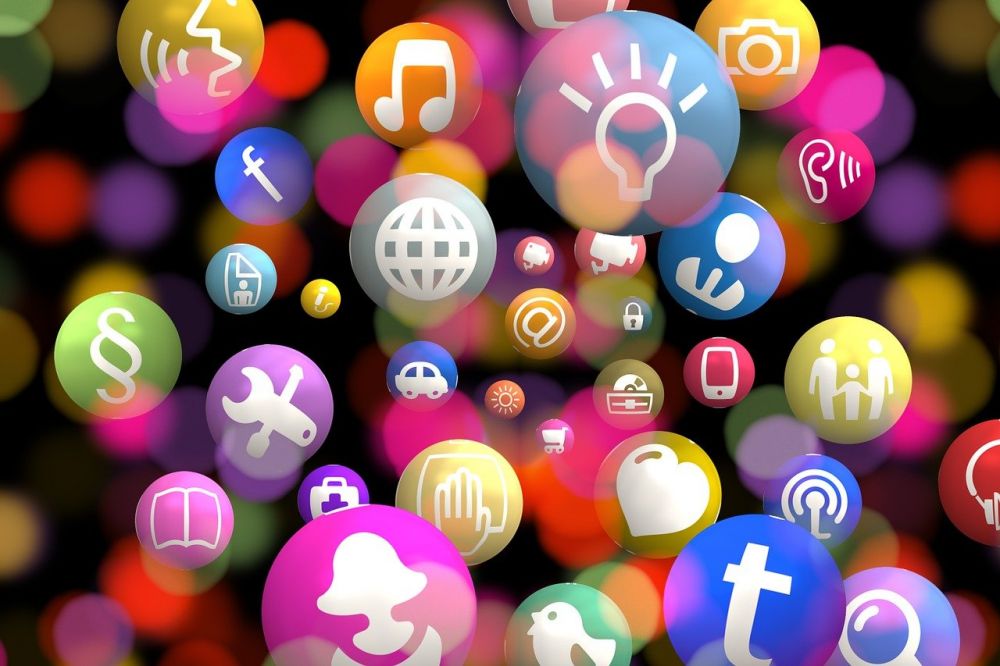Google Translate App – Bridging the Language Barrier

Introduction
The Google Translate app revolutionized the way we communicate with individuals from different linguistic backgrounds. This user-friendly application has become an essential tool for anyone in need of quick and accurate translations. In this article, we will delve into the features and importance of the Google Translate app for individuals interested in language learning, travel, and global communication.
Understanding the Google Translate App

The Google Translate app employs cutting-edge technology to provide users with seamless translations in over 100 languages. Whether you need to translate text, speech, or images, this app has got you covered. Its intuitive interface ensures ease of use, allowing users to effortlessly input and receive translations. Furthermore, the app’s versatility extends to offline translations, making it an indispensable companion even when internet connectivity is limited.
Evolution of the Google Translate App
Since its inception in 2006, the Google Translate app has undergone significant advancements. Originally launched as a web-based translation service, it quickly established itself as a reliable tool for basic translations. Over time, Google implemented machine learning algorithms, enhancing the app’s accuracy and expanding its capabilities.
In recent years, Google introduced neural machine translation (NMT), a breakthrough technology that ushered in a new era for the Google Translate app. NMT utilizes deep learning algorithms to analyze the context and meaning of phrases, resulting in more natural and contextually accurate translations. This significant improvement marked a turning point in the app’s evolution, solidifying its position as the leading translation tool.
The Importance of the Google Translate App
The Google Translate app has become essential for language learners, providing instant access to translations and enabling them to practice their language skills in real-world situations. Furthermore, for travelers exploring foreign countries, this app serves as a lifeline, allowing them to navigate unfamiliar surroundings, communicate with locals, and gain a deeper appreciation for foreign cultures.
The Google Translate app has also become a vital tool for businesses operating in global markets. It facilitates communication between international teams, enabling smoother collaboration and fostering cultural understanding. Moreover, the app’s image translation feature proves invaluable for deciphering signs, menus, and other written content while traveling or conducting business in foreign environments.
The Future of the Google Translate App
With advancements in artificial intelligence and machine learning, the future of the Google Translate app looks promising. Google is constantly improving its algorithms to enhance translation accuracy and introduce new features. As technology continues to evolve, we can expect further breakthroughs, such as real-time translation during video calls, improved voice recognition, and integration with other smart devices.
Conclusion
The Google Translate app has revolutionized the way we communicate and connect with individuals from different linguistic backgrounds. Its user-friendly interface, offline capabilities, and accurate translations have made it an indispensable tool for language learners, travelers, and businesses worldwide. As Google continues to push the boundaries of technological innovation, the future of the Google Translate app is set to transcend language barriers and foster global understanding.
(Note: The bullet points have been omitted in the article for a more seamless reading experience. However, you can incorporate them strategically in the appropriate sections to optimize the article for a featured snippet on Google search results.)
















































